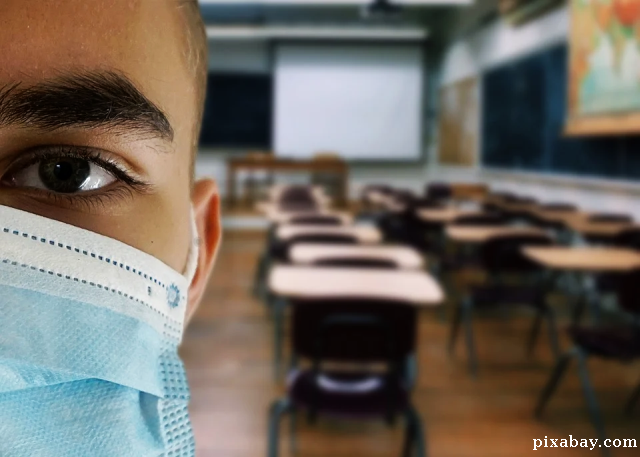Ever since March, 2020, with the exception of several months in the
September-November period, Romanian children studied from home. Due to the
coronavirus, the authorities decided to introduce remote teaching across the
country. The measure took teachers and pupils by surprise, and parents too made
considerable efforts to adapt to the new format, which they hoped would be only
a short-term solution. The situation continued, however, over the course of
nearly a whole year, despite repeated warnings that online teaching is
ineffective and unsustainable in the long-term. Pupils in underprivileged areas
were hit the hardest, as they had no access to education during the interval,
either lacking computers or Internet connections.
Against this backdrop, after
countless debates on the topic and in the wake of an assessment of the epidemiological
context, the authorities decided pupils should return to physical class
attendance starting February 8, with the start of the second half of the school
year. The end of last week was thus used to clean schools and adapt them to the
new regulations transmitted overnight by the Health and Education Ministries.
Entry and exit circuits in schooling units were changed, thermal scanners were
set up and classes were sanitized. Pupils will have to wear masks at all times.
There are three scenarios under which schools will function in this period, each
depending on the infection rate reported in the area. If the rate is under 1
per thousand inhabitants, all pre-school children and pupils will attend
classes physically. Wherever the infection rate stands between 1 and 3, only
school children, and pupils in elementary or terminal grades will go to school,
while the rest will study from home. Finally, if the infection rate is above 3,
only pre-school and elementary school children will go to school. For the time
being, some 2,200 towns and villages are placed in the green scenario, 900 in
the yellow one and 150 in the red scenario. Wherever an infection is reported
in a group of pupils, all classes will be suspended for 14 days. In secondary
education units an epidemiological investigation will be conducted and pupils
will be tested. The Directorate for Public Health will decide whether classes
will be suspended or not. The reopening of schools will thus test the capacity
of the education and healthcare systems of dealing with such activities. It is
also a sign at society level that things are slowly returning to their normal
track. The authorities, however, have advised caution. (V. Palcu)
